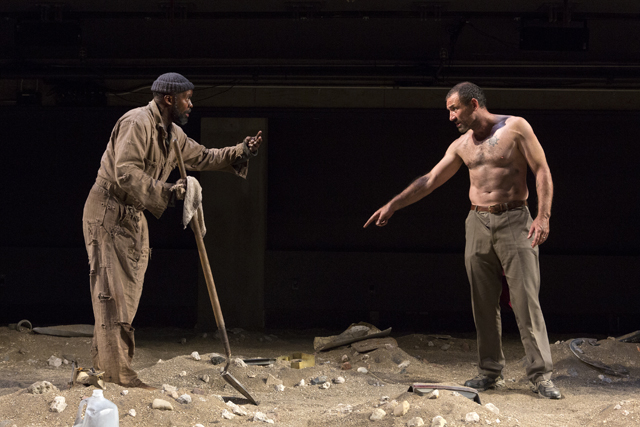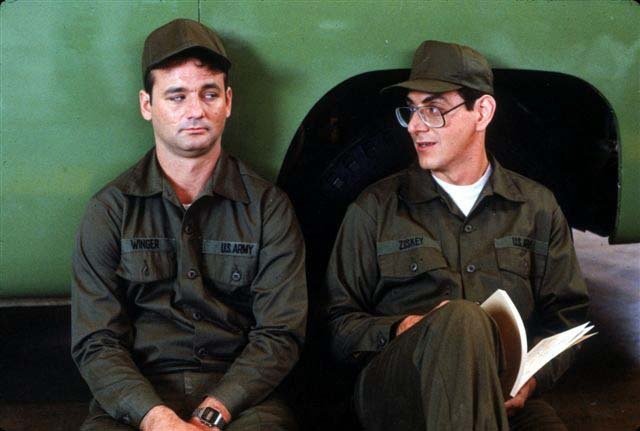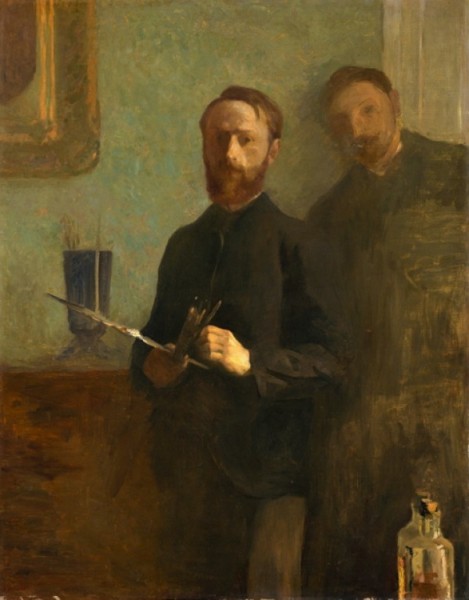Rizzoli Bookstore
31 West 57th St. between Fifth & Sixth Aves.
Thursday, September 20, free with RSVP, 5:30
www.rizzoliusa.com
www.newyorkoriginalsonline.com
It’s rather ironic that the first place profiled in Jamie McDonald’s New York Originals: A Guide to the City’s Classic Shops and Mom-and-Pops (Universe, September 2012, $24.95) is Domenick DeNigris Monuments in the Bronx, which has been selling headstones and mausoleums for more than a hundred years, since one of the things the book celebrates is longevity in addition to originality. “Decades ago, most small towns sold out their town squares in favor of cheaper and more convenient megastores on the outskirts of the city,” writes the man behind the Emmy-winning television series the book is named after. “People began to forget that the corner coffee shop or local shoe store provided not only goods and services, but also a small part of their community’s uniqueness and character. New York City is ironically one of the last vestiges of small-town America.” In words and pictures, McDonald, who was born in Indiana but now lives in Midtown Manhattan, visits seventy-five shops in all five boroughs, from Neir’s Tavern & Steakhouse, established in Woodhaven in 1829, to Brooklyn Copper Cookware, which opened its doors in Dumbo just two years ago. In the book, arranged alphabetically by borough, McDonald talks with the current managers and owners, many of whom are third and fourth generation, providing the history behind the shop as well as its current status. He makes stops at such honored eateries as Brennan and Carr, De Robertis Pasticceria and Caffe, Ear Inn, Eisenberg’s Sandwich Shop, Keens Steakhouse, Nom Wah Tea Parlor, Russ & Daughters, and the Lemon Ice King of Corona as well as the Umbee Sunshade Company, which has been making umbrellas in Williamsburg since 1933; the Jane Hotel, which has been taking in travelers in the West Village since 1908; Brownies Pro and Sport Hobbies, a hobby shop in Port Richmond that opened in 1971; the Cameo Pet Shop, which has been selling tropical fish, birds, and other animals in Richmond Hill since, 1947; and JJ Burck Marine Supplies, which has been specializing in boating equipment on City Island since 1928. To celebrate the release of the book, McDonald will be signing copies at the Rizzoli Bookstore on Thursday, September 20, from 5:30 to 7:00, with refreshments supplied by some of the shops included in the book. Each book purchased that night will come with engraved New York City Taxi Correspondence Cards inside a hand-lined envelope, courtesy of Dempsey & Carroll, which has been making engraved stationery since 1878 on the Upper East Side.
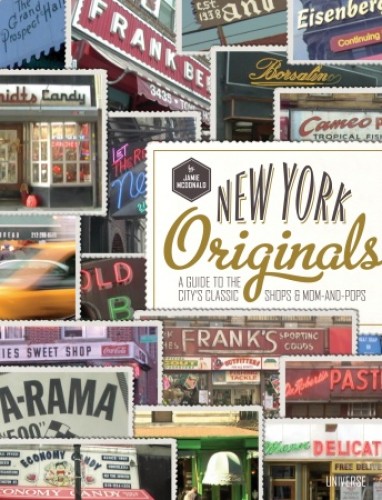
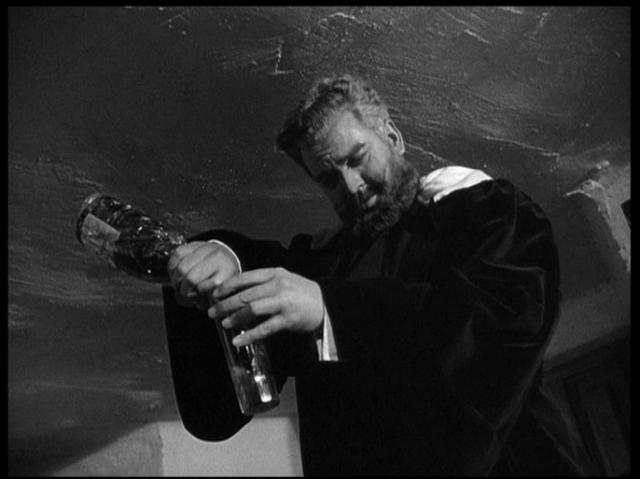
 Orson Welles re-creates Citizen Kane with a little bit of The Third Man in this offbeat, very strange story of a powerful man with a weird beard who has a thing for his daughter. The odd camera angles are often funny, and Michael Redgrave’s scene-stealing bit as an antiques dealer is a riot. The movie, which has appeared over the years in many different versions, is worth seeing just for Arkadin’s famous tale of the scorpion and the frog. Also known as Confidential Report, Mr. Arkadin is screening September 19-21 as part of MoMA’s ongoing “An Auteurist History of Film” series.
Orson Welles re-creates Citizen Kane with a little bit of The Third Man in this offbeat, very strange story of a powerful man with a weird beard who has a thing for his daughter. The odd camera angles are often funny, and Michael Redgrave’s scene-stealing bit as an antiques dealer is a riot. The movie, which has appeared over the years in many different versions, is worth seeing just for Arkadin’s famous tale of the scorpion and the frog. Also known as Confidential Report, Mr. Arkadin is screening September 19-21 as part of MoMA’s ongoing “An Auteurist History of Film” series. 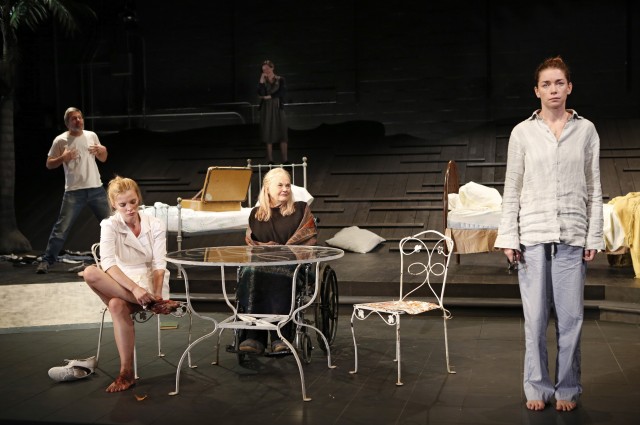
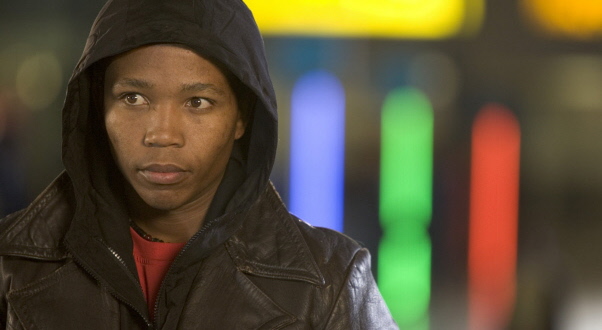
 Every once in a while, a surprise movie comes along that just blows you away; Tsotsi is that kind of film. Based on the only novel by South African playwright and activist Athol Fugard, Tsotsi is set in the dangerous ghetto world on the outskirts of Johannesburg, where poverty goes hand in hand with violence. Presley Chweneyagae is simply remarkable as Tsotsi (South African for “thug” or “gangster”), the leader of a small group of hoods who pull off petty crimes — until they fatally stab a man on the subway, sending them into a dark and deadly tailspin. When Tsotsi shoots a woman and steals her car, he finds that there’s a baby in the backseat; he considers returning it or leaving it by the side of the road, but he instead brings it home, where he decides to take care of it himself — with the help of beautiful single mother Miriam (Terry Pheto). The baby triggers Tsotsi’s memories of his own horrific childhood, which writer-director Gavin Hood shows in brief but powerful flashbacks. Tsotsi struggles to keep the baby a secret from his cohorts, much the same as he tries to keep his past secret from everyone. But things soon come to a head, and Tsotsi must decide whether to reach inside his conscience — or for his gun. Chweneyagae dominates the screen from the very first moment, his intense stare filled with anger and hate, one of the most frightening you’ll ever see. Fortunately, Hood avoids any moments of sappy sentimentality or overemotional clichés, so you never know what’s going to happen next. The pulsing soundtrack of South African kwaito music comes from “Zola” Bonginkosi Dlamini, who also plays Fela. Reminiscent of such harrowing films about troubled children as Hector Babenco’s Pixote and Fernando Meirelles & Kátia Lund’s City of God, Tsotsi, which won an Oscar for Best Foreign Language Film, is a devastating, unforgettable story that will drive itself deep into your heart and soul. Tsotsi is screening on September 24 as part of the new Signature Cinema series, being shown in conjunction with the Signature Theatre’s New York premiere of Fugard’s
Every once in a while, a surprise movie comes along that just blows you away; Tsotsi is that kind of film. Based on the only novel by South African playwright and activist Athol Fugard, Tsotsi is set in the dangerous ghetto world on the outskirts of Johannesburg, where poverty goes hand in hand with violence. Presley Chweneyagae is simply remarkable as Tsotsi (South African for “thug” or “gangster”), the leader of a small group of hoods who pull off petty crimes — until they fatally stab a man on the subway, sending them into a dark and deadly tailspin. When Tsotsi shoots a woman and steals her car, he finds that there’s a baby in the backseat; he considers returning it or leaving it by the side of the road, but he instead brings it home, where he decides to take care of it himself — with the help of beautiful single mother Miriam (Terry Pheto). The baby triggers Tsotsi’s memories of his own horrific childhood, which writer-director Gavin Hood shows in brief but powerful flashbacks. Tsotsi struggles to keep the baby a secret from his cohorts, much the same as he tries to keep his past secret from everyone. But things soon come to a head, and Tsotsi must decide whether to reach inside his conscience — or for his gun. Chweneyagae dominates the screen from the very first moment, his intense stare filled with anger and hate, one of the most frightening you’ll ever see. Fortunately, Hood avoids any moments of sappy sentimentality or overemotional clichés, so you never know what’s going to happen next. The pulsing soundtrack of South African kwaito music comes from “Zola” Bonginkosi Dlamini, who also plays Fela. Reminiscent of such harrowing films about troubled children as Hector Babenco’s Pixote and Fernando Meirelles & Kátia Lund’s City of God, Tsotsi, which won an Oscar for Best Foreign Language Film, is a devastating, unforgettable story that will drive itself deep into your heart and soul. Tsotsi is screening on September 24 as part of the new Signature Cinema series, being shown in conjunction with the Signature Theatre’s New York premiere of Fugard’s 